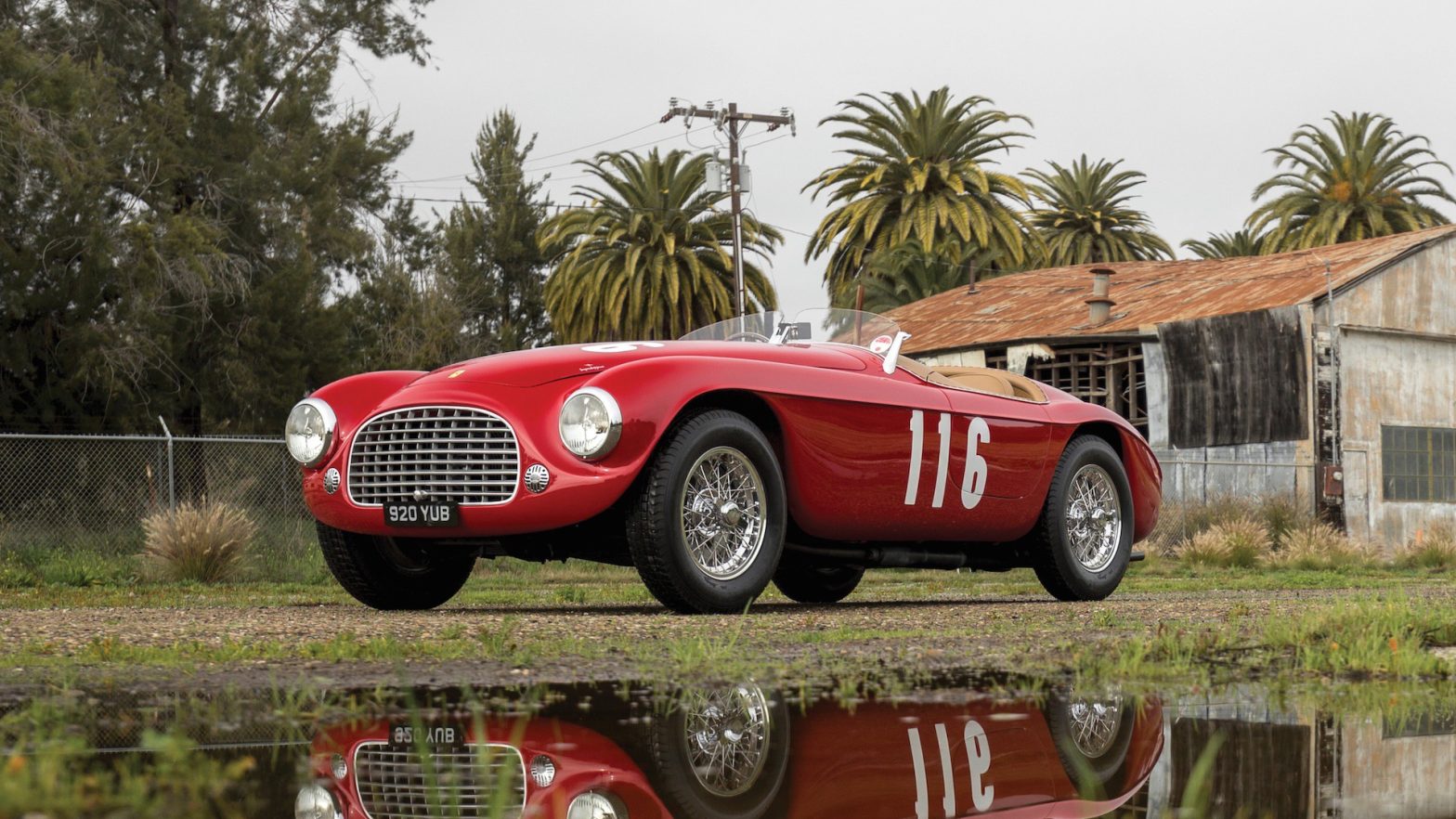Bentley wowed the car community when its Mulliner Division unveiled a special project back in 2020. It was christened the Bentley Bacalar, an ultra-exclusive GT as exotic as the name suggests. A design highlight that immediately stood out was the roofless profile—and by roofless, we do not mean a convertible with a canvas or hard top tucked away behind the passenger cabin. No, the car was deliberately designed without a cover whatsoever.
It represented yet another chapter in the latest round of roofless mania that has swept through marque car brands at various points in automotive history, one that took off with Ferrari’s Monza SP1 and SP2. McLaren followed this with the Elva. Then Aston Martin and Bentley hopped on board with their own topless creations.
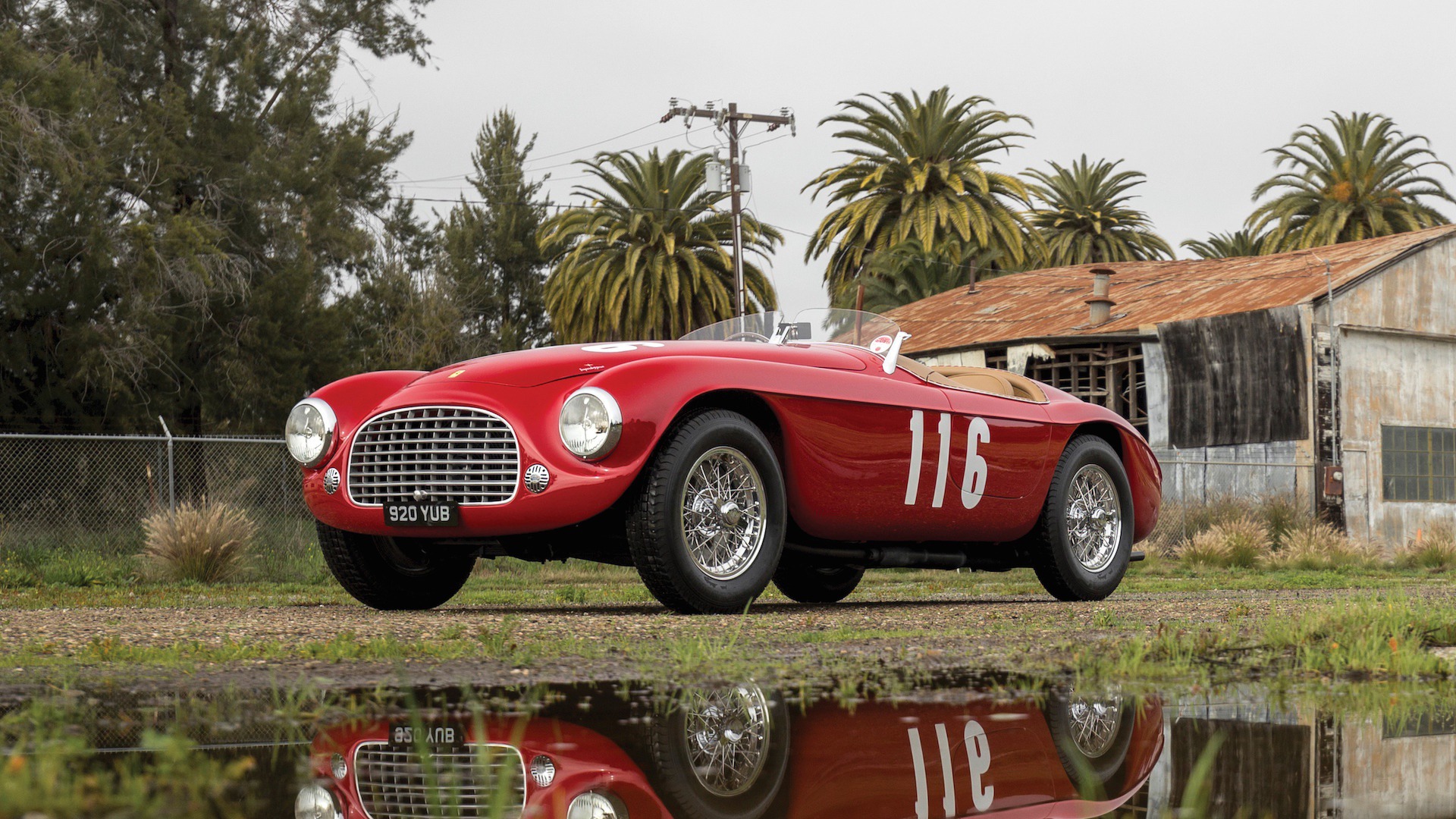

As we mentioned, this is not an entirely new concept within the automobile industry. Open-top cars have popped up at different times in history. There was the famous Ferrari 166 MM Barchetta, launched at the 1948 Turin Auto Show. Then we have had others like the Guará (topless variant), Alejandro De Tomaso’s last production car his company put into the market before it went under. And who can forget the Mercedes Benz SLR Stirling Moss, another roofless masterpiece?
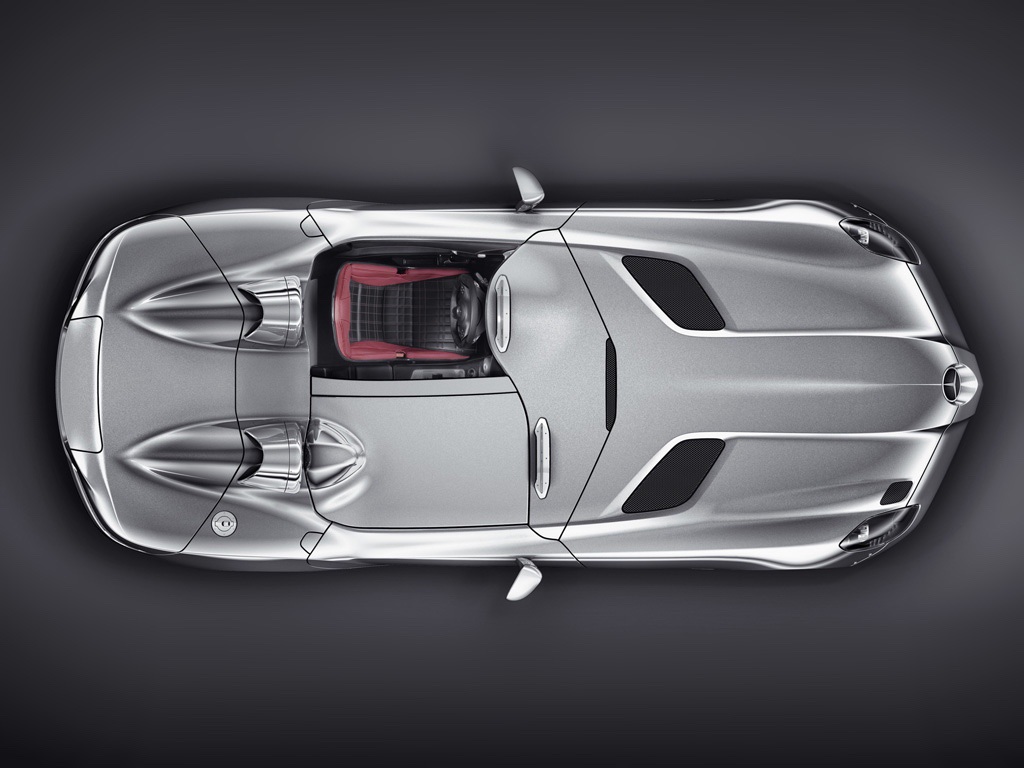

Now, we can add the recent examples from Ferrari, McLaren, Aston Martin and Bentley to the growing list. The cars all have their distinct personalities and design language. However, a few attributes link them all up—exclusivity, hefty price tag, and, of course, the promise of an open-air experience like nothing else.
What Is Driving the Trend?
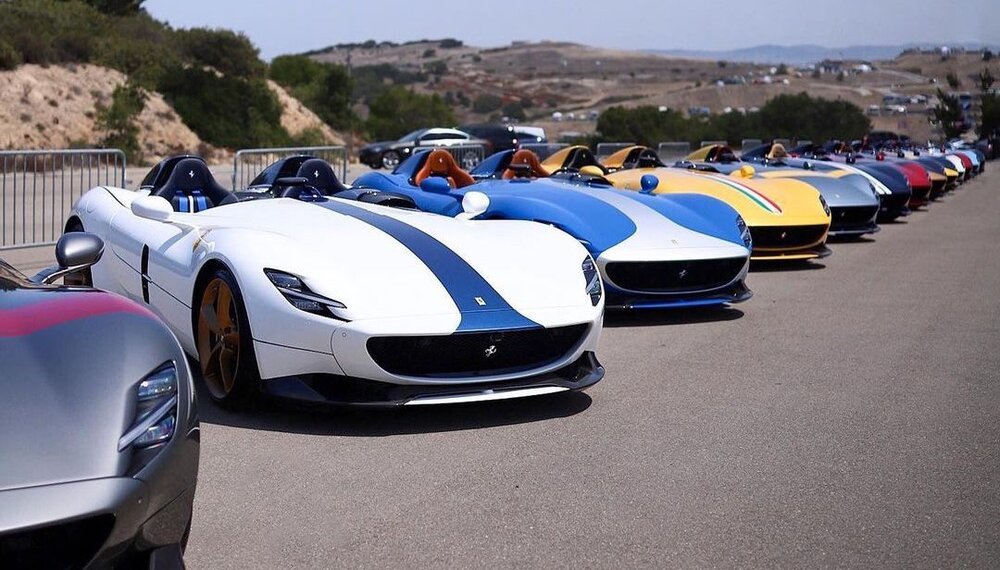

The answer to this question is not exactly clear-cut. However, one thing is certain: these cars are not in demand because of their practicality. It’s true that people don’t usually splurge on seven-figure hypercars because of how ‘useful’ they are, but these roofless supercars have us scratching our heads.
What if you were caught out in a sudden downpour during a casual Sunday cruise? The helmet supplied by the carmakers will be of little help in the rain. How about track use? It is safe to assume that most of these cars will never be driven hard on a race track.
Still, it has not stopped the demand for these supercars. What then could be driving the trend? In an attempt to answer this question, it is important to consider the target market.
The topless marques are not for everyone. More often than not, the buyers are private car collectors who favour exclusivity above all else. For these people, the chance to own a true ‘unicorn’ in the car world is just too good to pass up.
This fact is not lost on the carmakers. With carefully crafted pitches, prospective clients are offered a chance to buy these cars with lofty catch-phrases. Ferrari announced that the Monza pair were only for its’ most dedicated clients and collectors.’ Bentley claimed its Bacalar grand tourer represented the ‘ultimate expression of two-seat, open-air luxury.’
It is a ploy that has enjoyed more success than failure, with wealthy car collectors reaching for their cheque books and scrambling to secure build slots. It will likely only encourage more carmakers to hop on the trend with their own interpretation of the open-air automotive experience.
The Modern Roofless Marvels
The latest salvo of roofless supercars includes the Ferrari Monza SP1 and SP2, McLaren Elva, Aston Martin Speedster, and the Bentley Bacalar. Each of them is unique in its own way.
Ferrari Monza SP1 and SP2
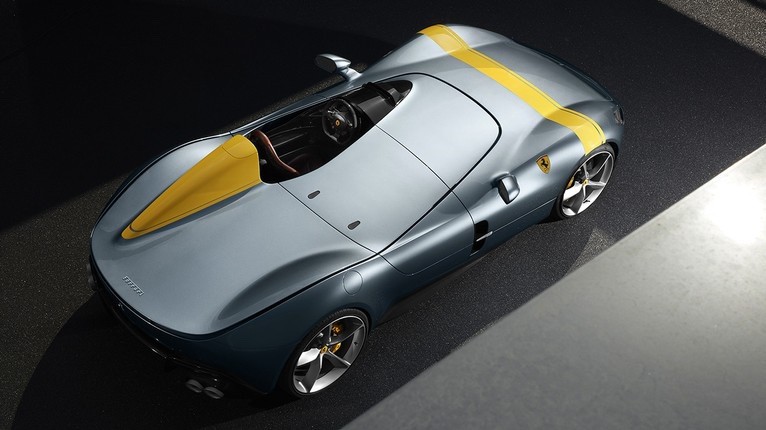

The Monza duo are the frontrunners of Ferrari’s special Icona concept, a limited series that pays homage to some of Ferrari’s most iconic models. According to the Italian carmaker, the ‘intention is to use a modern aesthetic to reinterpret a timeless style, with technologically advanced components and the highest performance possible through continuous innovation.’


Early Ferrari race cars like the 166MM, the 250 Testarossa, and the 750 Monza inspired these Monza supercars. The SP1 and SP2 have identical designs, but the SP2 has space for a passenger while the SP1 is equipped with only one seat. Ferrari announced a combined production run of 499 units, all of which were quickly snapped up.
McLaren Elva
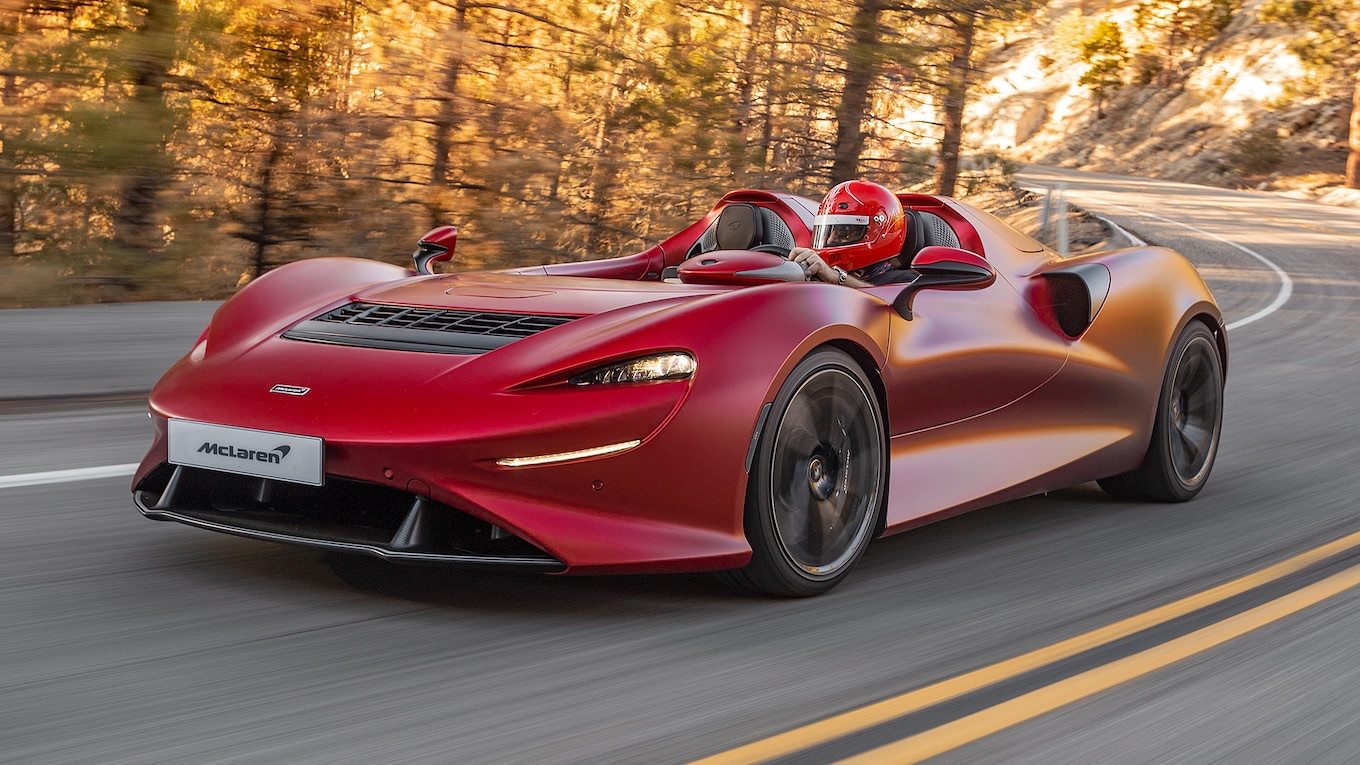

McLaren introduced the Elva as the lightest road car in its history, with a curb weight of only 2,798 lbs. The Ultimate Series car drew inspiration from Bruce McLaren’s original race conquering open-top sports cars of the 1960s—the M1A, M1B, and M1C. A combination of its lightweight construction and a massive dose of horsepower allows the Elva to deliver an intoxicating mix of power and handling prowess for the ultimate driver engagement at all levels.
In May 2021, McLaren announced that it would build Elva models with windshields for customers who wanted them (and also due to the regulatory requirements of some states in the United States). An initial production run of 399 units was planned, but now, the British carmaker will only be making 149 units to ‘preserve its exclusivity.’
Aston Martin V12 Speedster
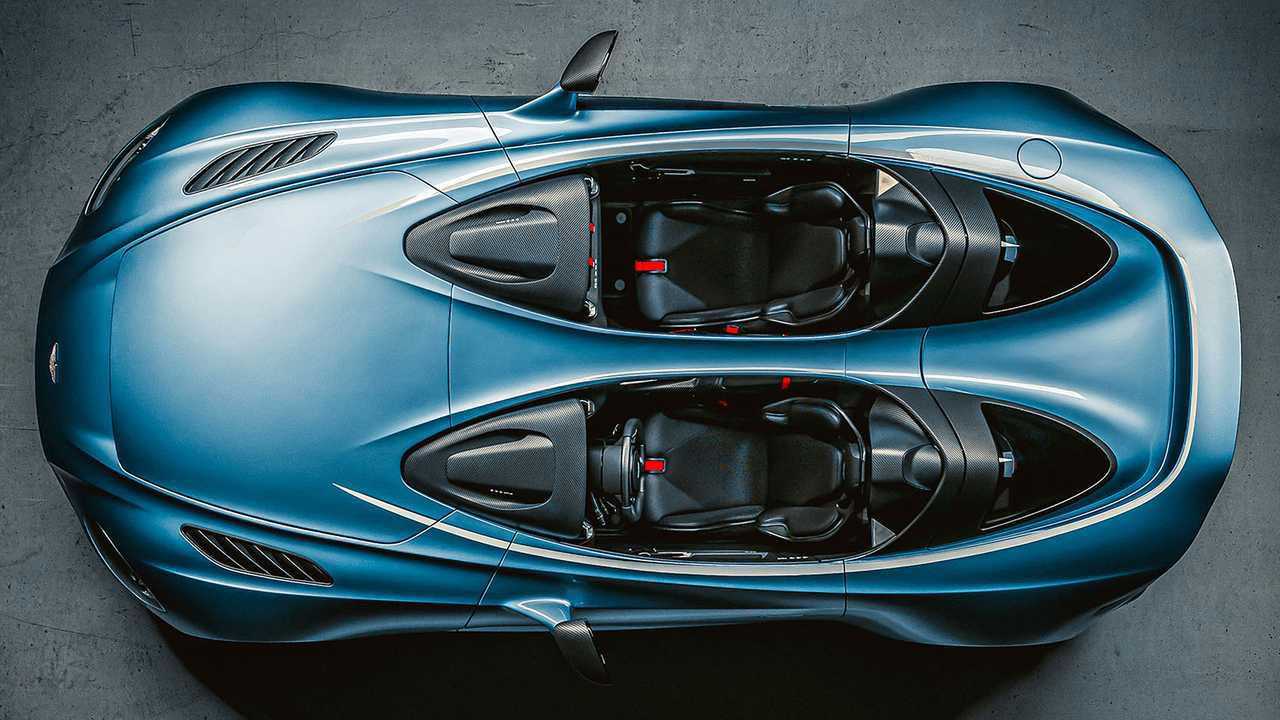

The Aston Martin V12 Speedster made its global debut in March 2020 as ‘a puristic limited edition for the most demanding drivers’ (remember when we mentioned lofty catch-phrases?). The open-top Aston Martin is the expression of an idea that was first floated as far back as 2013 with the CC100 Concept.
There is nothing subtle about the Speedster’s design. Apart from the apparent lack of a roof and windshield, other design highlights include the ‘bonnet nostril.’ This is an enlarged gap in the hood that allows the front of the car to be lowered slightly while still allowing room for the V-12. Aston Martin’s Q Division is building the Speedster, and there will be 88 units by the end of the production run.
Bentley Bacalar
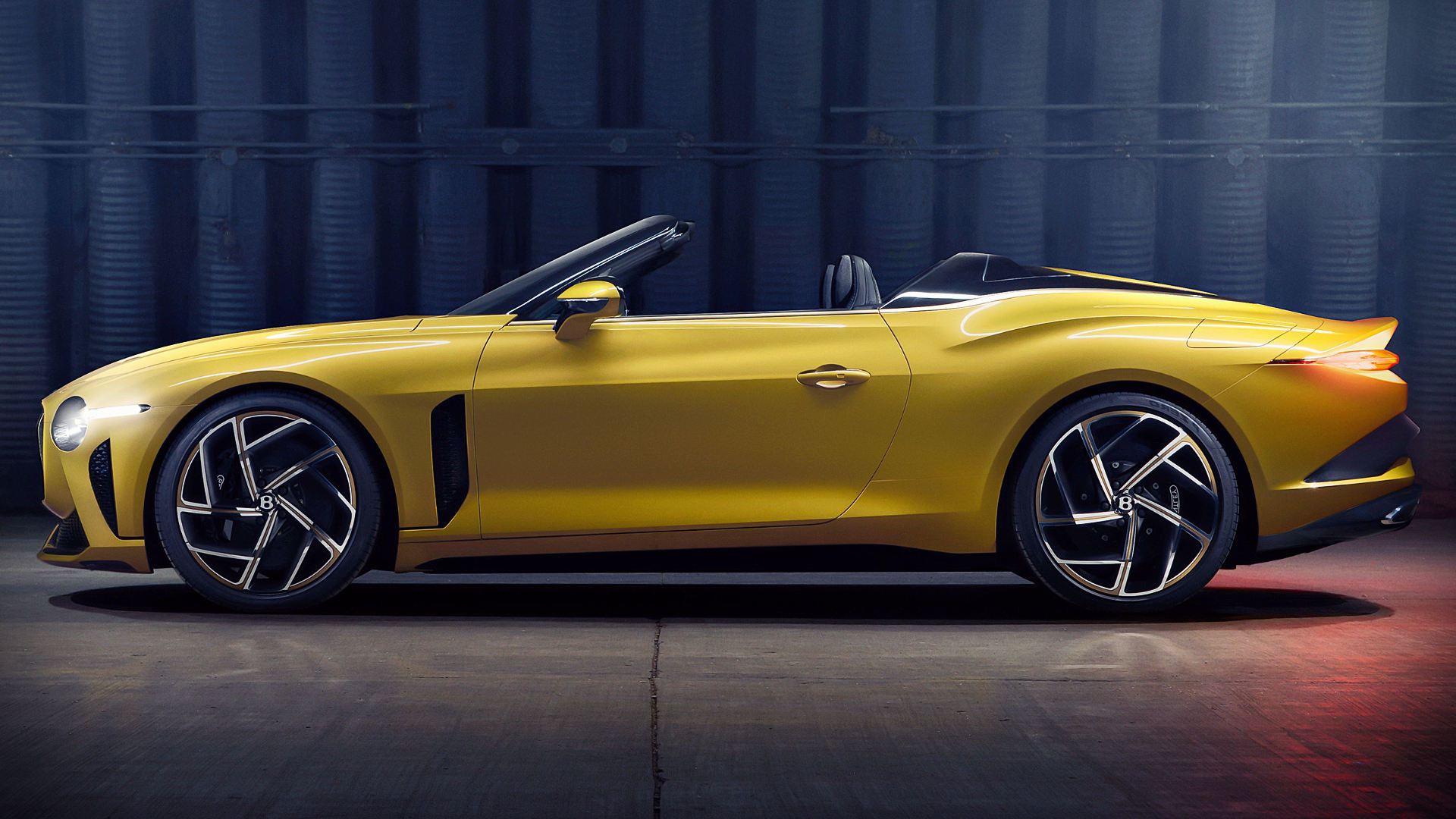

The Bacalar is the rarest two-door Bentley of the modern era. Unsurprising, really, considering the fact that only 12 units will be made. The luxury grand tourer marks the return to coachbuilding by Bentley’s Mulliner division, regarded as the oldest coachbuilder in the world. The extreme-looking Bacalar—named after a Mexican lake—shares design cues with the award-winning Bentley EXP 100 GT.
In proper Mulliber style, no expense has been spared in creating the ultimate luxury cruiser. The interior wood trim is made from trees that have been naturally preserved for more than 5,000 years in the rivers, lakes and peat bogs of East Anglia in the United Kingdom.
That is just the beginning. Working in collaboration with Mulliner, the 12 lucky clients will have an almost endless array of customizable options to create a truly bespoke masterpiece.
Comparing the Roofless Supercars
| Ferrari Monza SP1 and SP2 | McLaren Elva | Aston Martin V12 Speedster | Bentley Bacalar | |
| Engine | 6.5-litre naturally aspirated V12 | 4.0-litre twin-turbocharged V8 | 5.2-litre twin-turbocharged V12 | 6.0-litre twin-turbocharged W12 |
| Horsepower | 799 hp @ 8,500 rpm | 804 hp @ 7,500 rpm | 690 hp @ 6,500 rpm | 650 hp @ 6,000 rpm |
| Torque | 530 lb-ft @ 7,000 rpm | 590 lb-ft @ 5,500 rpm | 555 lb-ft @ 5,000 rpm | 667 lb-ft @ 5,000 rpm |
| Drive train | Rear-wheel-drive | Rear-wheel-drive | Rear-wheel-drive | All-wheel-drive |
| Transmission | 7-Speed dual-clutch automatic | 7-Speed dual-clutch automatic | 8-Speed automatic | 8-Speed automatic |
| 0–60 mph | 2.8 seconds | 2.6 seconds | 3.4 seconds | 3.5 seconds |
| Top Speed | 186 mph | 203 mph | 186 mph | >200 mph |
| *Price | $1.8 million | $1.7 million | $995,000 | $1.9 million |
| Production run | 499 units | 149 units | 88 units | 12 units |
*Prices may vary depending on individual level of customization.
Looking Ahead
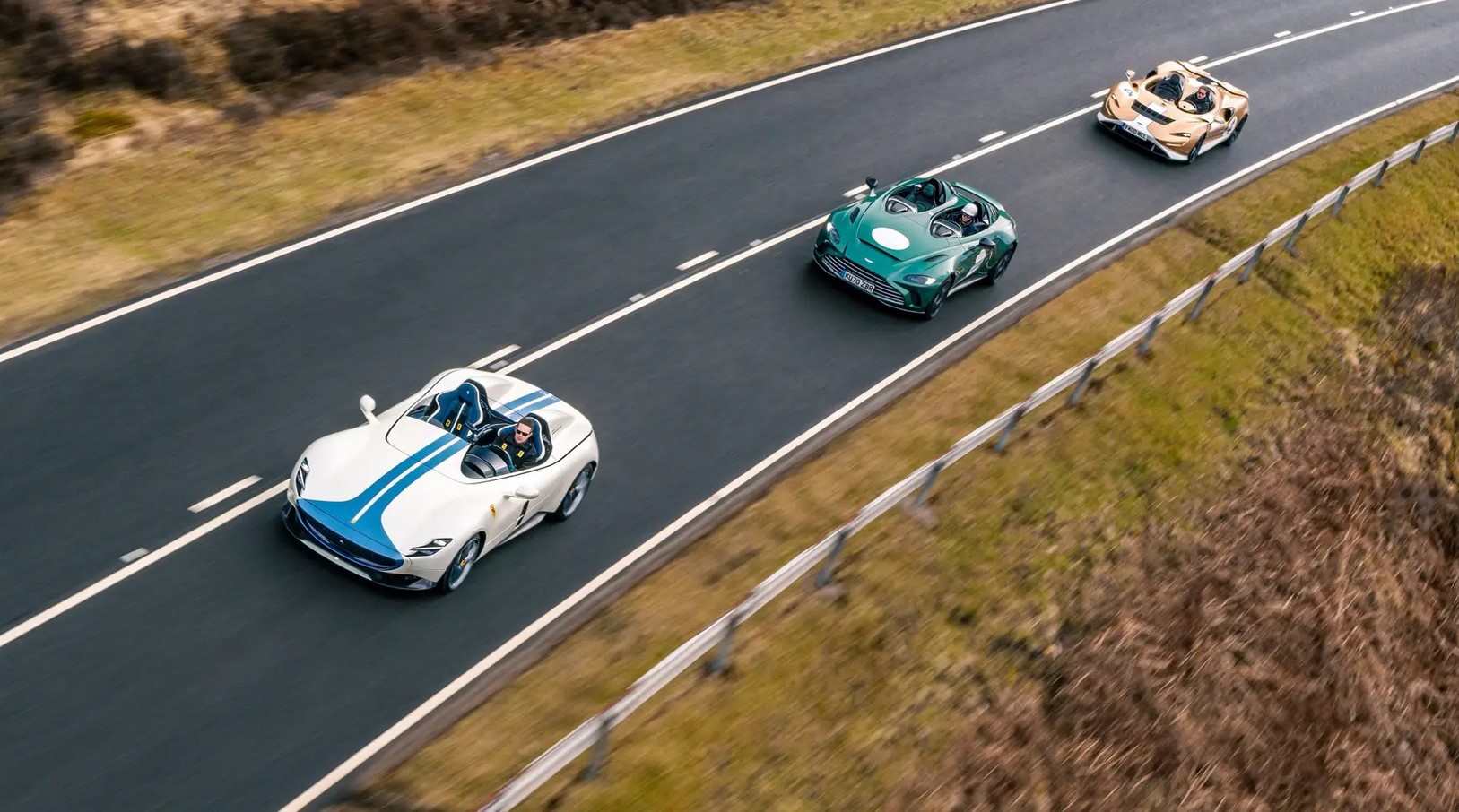

There’s a reasonably strong chance of more topless supercars in the near future. From a business standpoint, it makes perfect sense: build a limited-series car, tack on a seven-figure price tag, and offer it to your most loyal clients. And there are definitely carmakers with the right amount of brand power to pull it off. Just look at Ferrari’s Icona success story. Meanwhile, Bentley Mulliner started with 12 Bacalars, all of which were sold before the car was even made public.
There will always be wealthy car enthusiasts looking for the next ‘big exclusive’ to add to their private collections, and carmakers will be keen to take advantage of any opportunity that presents itself. The next wave of roofless marques may be closer than you think.
